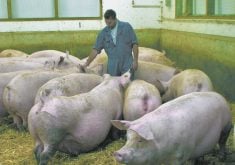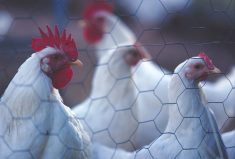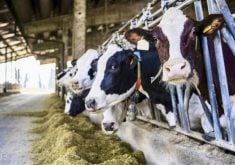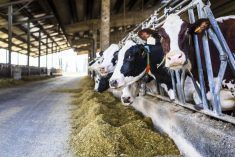Milk production, more than any other factor, drives profitability on a dairy farm, according to Neil McCutcheon.
He spoke during Dairy Day at the recent Grey-Bruce Farmers’ Week.
Milk production matters more than whether you have a free stall or tie-stall operation and it matters more than even the size of the operation.
Why it matters: Dairy farm profitability is more pressured than it has been for years, with lower milk price and rising costs.
“How do I get more milk out of my cows?” McCutcheon said, referring to his mantra when he was farming in the 1980s and ’90s. Now, he’s a chartered accountant and a manager at BDO LLP, working mainly with farm businesses.
Read Also
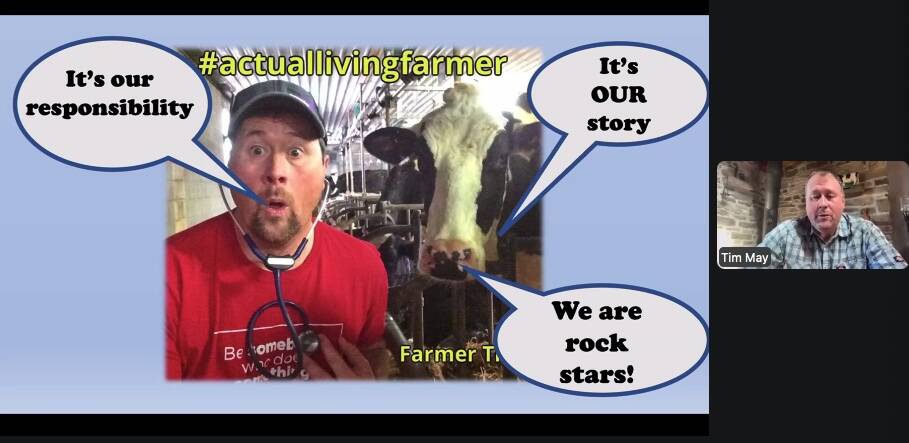
How stories promote farm safety
Speakers at CASA online conference explain how personal stories can be more valuable than statistics in communicating importance of farm safety
His mantra was proven in a study he cited from Kansas State University conducted over a 20-year period. The study’s objective was to “determine which factors (receiving a higher milk price, reducing cost, or increasing milk production) a small- to mid-sized dairy enterprise should focus on to increase net income.”
The herds were divided into three parts, and the main differences between the profitability of the high end and low end were milk production per cow, more money spent on feed per cow and reduced labour costs in larger herds. They found that producers of the most profitable herds spent more money on a per cow basis.
“Most profitable farmers are not cheapskates,” he said, adding that the study also found that, while external economic influences like international trade agreements are important to the overall industry, the producer’s management skills are more important to the long-term survival of the business.
He also cited the Ontario Dairy Farm Accounting Project which included 70 producers in 2017. After sifting through the data, McCutcheon found that the difference between the bottom 15 and top 15 farms were herd size (43 versus 120 cows), more milk sold per cow (7,389 litres versus 10,470), increased milk sales per cow ($5,615 versus $8,102) and lower labour costs per cow (143 versus 72 hours).
“You have to have a critical size of herd to be profitable,” he said, noting that he doesn’t have an exact number for what that is.
“If you haven’t had an expansion in a generation, it’s maybe time to think about it.”
He said milk production is so important to profitability because most costs don’t change that much. Fixed costs like property taxes, rent, labour and insurance remain pretty steady, while variable costs like stable supplies, veterinary services, or breeding are generally predictable, too.
“Taking production from 30 litres a day per cow to 35 would be more about changes in herd management,” he said.
In terms of benchmarking on the farm, McCutcheon said that the Kansas State study found that measuring on a per cow or per hundredweight basis yields similar results.
“The way these shake out is basically the same,” he said.
He outlined two different ways of benchmarking:
- Producers can compare their revenue (including milk production, crop sales, livestock sales and custom work) and expenses (fuel, salaries and wages, utilities) to an industry average or other producers.
- They can compare their own operation’s numbers year over year. He recommended omitting big one-time expenses, such as tile drainage, for benchmarking purposes.
The advantage to doing a year-over-year comparison is that all the categories are the same, the accounting’s the same, and producers can readily see and look into anomalies in their costs, such as if custom work and dairy supply costs are up.
Despite the instability that may be coming in the next year with the implementation of the Canada-U.S.-Mexico trade deal, McCutcheon advised dairy farmers to concentrate on increasing production, controlling costs, and doing things properly and in a timely fashion. A secondary piece of advice was to compare themselves to other producers, set goals and plan for the future.
“The solution is in your hands still,” he said.



